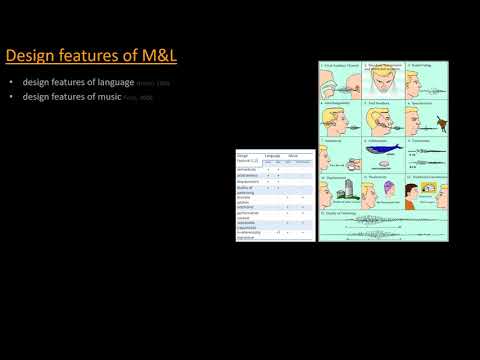 Speaker: Tudor Popescu @tudorpopescu
Speaker: Tudor Popescu @tudorpopescu
 Affiliation: Department of General Psychology, University of Padova (IT)
Affiliation: Department of General Psychology, University of Padova (IT)
Vienna Cognitive Science Hub, University of Vienna (AT)
Title: Structure-building in music and language, seen as harmony x rhyme interaction
Abstract (long version below): In this symposium, results from research using different methods such as pupillometry, eye-tracking, EEG, or applied informatics such as neural network analysis are presented with respect to empirical literary sciences to discuss how phenomena related to the genuine poetic rhythm and associated cognitive effects can be explored. The focus is twofold: A) Advantages and disadvantages of the respective method and its combinability with other methods are to be thematized. B) Based on the results from the respective approaches presented, the extent to which they provide information about cognitive processing, respectively, experiencing of poetic rhythm will be debated.

 Long abstract
Long abstract
Music and language (M&L) make “infinite use of finite means” by similarly employing hierarchical structures. Most previous work comparatively examining M&L cognition has compared harmonic syntax with phrasal syntax. But poetic structures, present in song lyrics, add a “parallel” level of linguistic (namely, phonological) structure-building. One such poetic structure, rhyme, possibly has more in common – in terms of shared resources – with harmonic syntax in music, than with phrasal syntax in language. Musical structure may (due to limited shared resources) modulate the perception of rhyme in vocal music specifically by modifying the allocation of attentional resources necessary for linguistic computation. Harmony may thus aid the processing of lyrics, just as prosodic cues do for speech. We aim to evaluate this hypothesis in a behavioural pilot prefiguring a later neuroimaging study. We aim to build 4-part choral pieces, composed in the Western chorale tradition, that naturally bind lyrics, harmony and melody into a unified representation, enabling naturalistic stimuli. Chord progressions will end either with or without musical closure, and the lyrics will be pseudopoems derived from a corpus of German Romantic poems, created by replacing words with phonologically well-formed pseudowords, while maintaining the original metre, syllable count, and rhymes [1]. Participants will press a key whenever they detect a “completion” in the sung harmonies, defined separately for the detection of rhyme and of harmonic phrase ending. We hypothesise that rhyme will facilitate harmony processing when the two are congruent, and inhibit it when they are incongruent, analogously to how rhyme facilitates other aspects of linguistic processing [2,3].
References
-
Obermeier, C., Menninghaus, W., von Koppenfels, M., Raettig, T., Schmidt-Kassow, M., Otterbein, S., & Kotz, S. A. (2013). Aesthetic and emotional effects of meter and rhyme in poetry. Frontiers in Psychology, 4, 1–10. https://doi.org/10.3389/fpsyg.2013.00010
-
Coch, D., Grossi, G., Skendzel, W., & Neville, H. (2005). ERP nonword rhyming effects in children and adults. Journal of Cognitive Neuroscience, 17(1), 168–182. ERP Nonword Rhyming Effects in Children and Adults | Journal of Cognitive Neuroscience | MIT Press
-
Obermeier, C., Kotz, S. A., Jessen, S., Raettig, T., von Koppenfels, M., & Menninghaus, W. (2016). Aesthetic appreciation of poetry correlates with ease of processing in event-related potentials. Cognitive, Affective & Behavioral Neuroscience, 16(2), 362–373. https://doi.org/10.3758/s13415-015-0396-x

